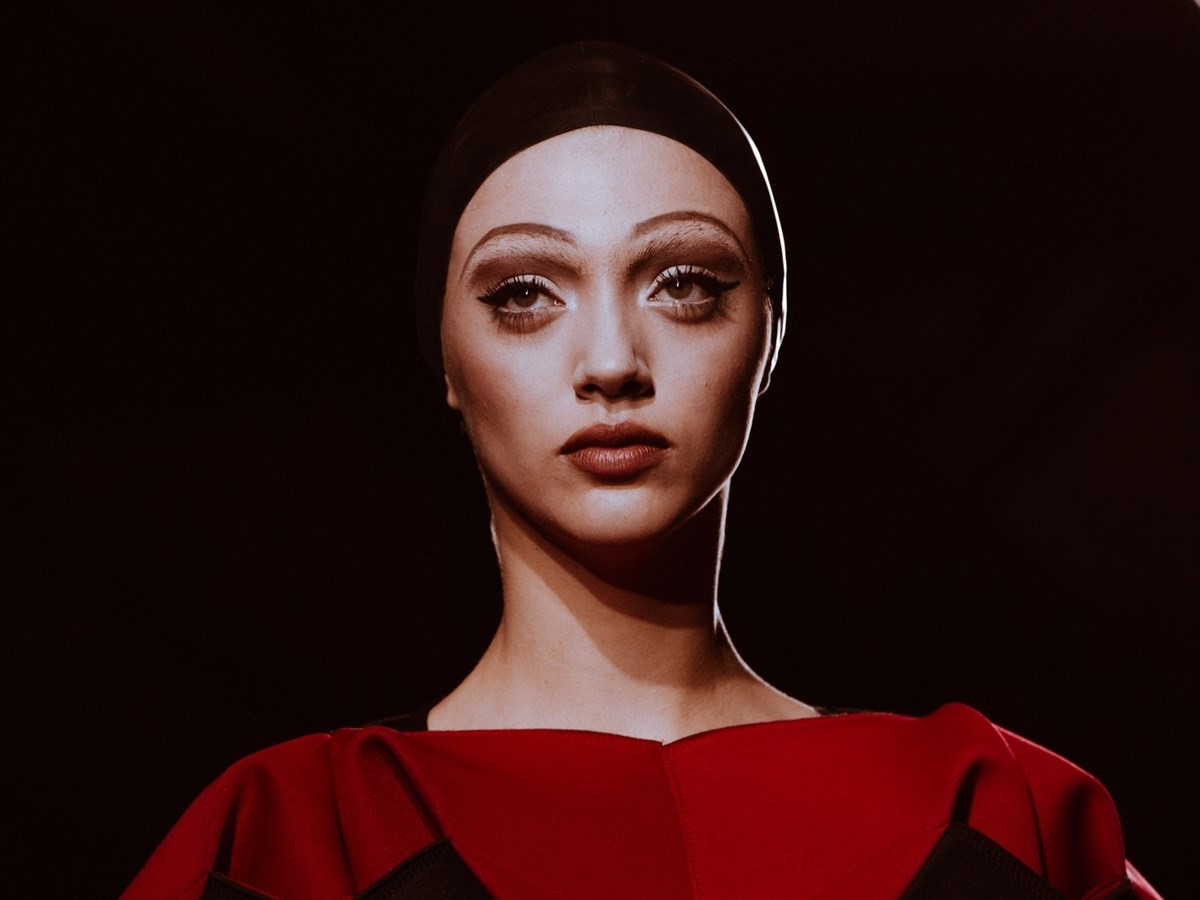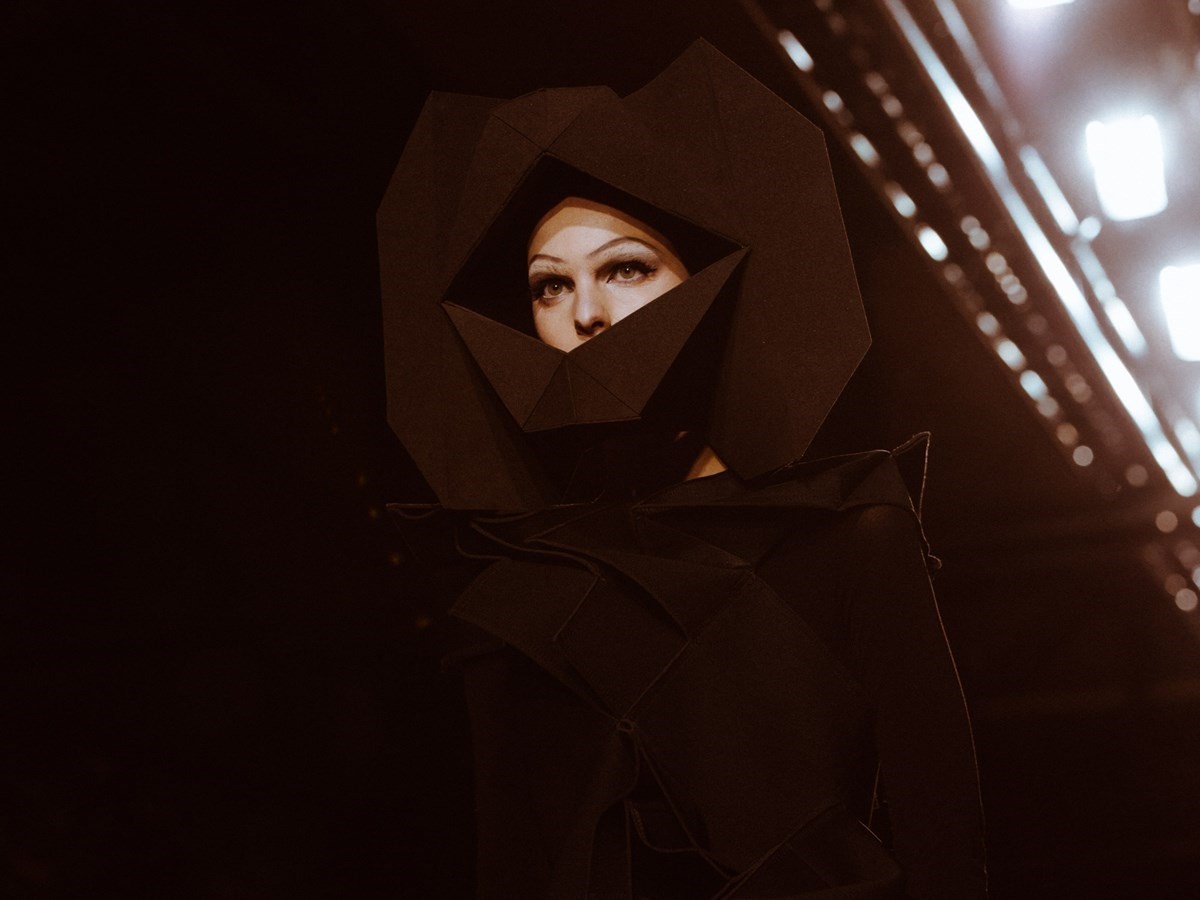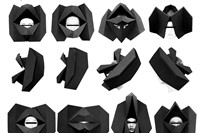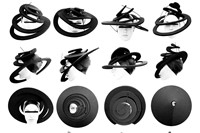“Watanabe’s fascination with advanced math and geometry is no new thing,” wrote Sarah Mower following Junya Watanabe’s A/W16 collection this season. “A glance at his history proves just how frequently he’s devoted himself to cutting, crimping, and stamping out fabric.” And she’s right; the exacting elegance of Watanabe’s pattern cutting and his profoundly technical understanding of construction is what makes the Japanese designer just so magnetic – more so, his ability to transform mathematics into something visually graceful (remember the undulating honeycomb of A/W15 or the fetishistic Orphism the season previous). This time, he went for neoprene and polyurethane origami layered over closely-fitting trousers and bodies in a collection that was simultaneously elegant and avant-garde, with fabrics cut so precise that they looked as though he’d traced them around a Helix maths set – and the headpieces and makeup crafted by Tomihiro Kono and Hiromi Ueda respectively only served to mirror his preoccupation with structure.
“I’ve been making graphical headpieces for Watanabe over the past three seasons,” Kono said, “and so, in that way, the ones I made for A/W16 were connected to previous collections – but every time, I try to design by different principles like flatness, kinetics, or origami. Watanabe is so strong at using geometrical patterns on clothes and I interpreted that in the headpieces by seeing them as objects, sculptures; they were non-human.” Then, there were the rubber swimming caps which encased some model’s scalps: “Because rubber is industrial, alien-like: it was stretchy enough to cover ears to hide and disguise humanity.” The result of each approach, of the orbic and angular alike, was a precise accentuation of the model's facial features, somewhat severely enhanced by Ueda’s hand.
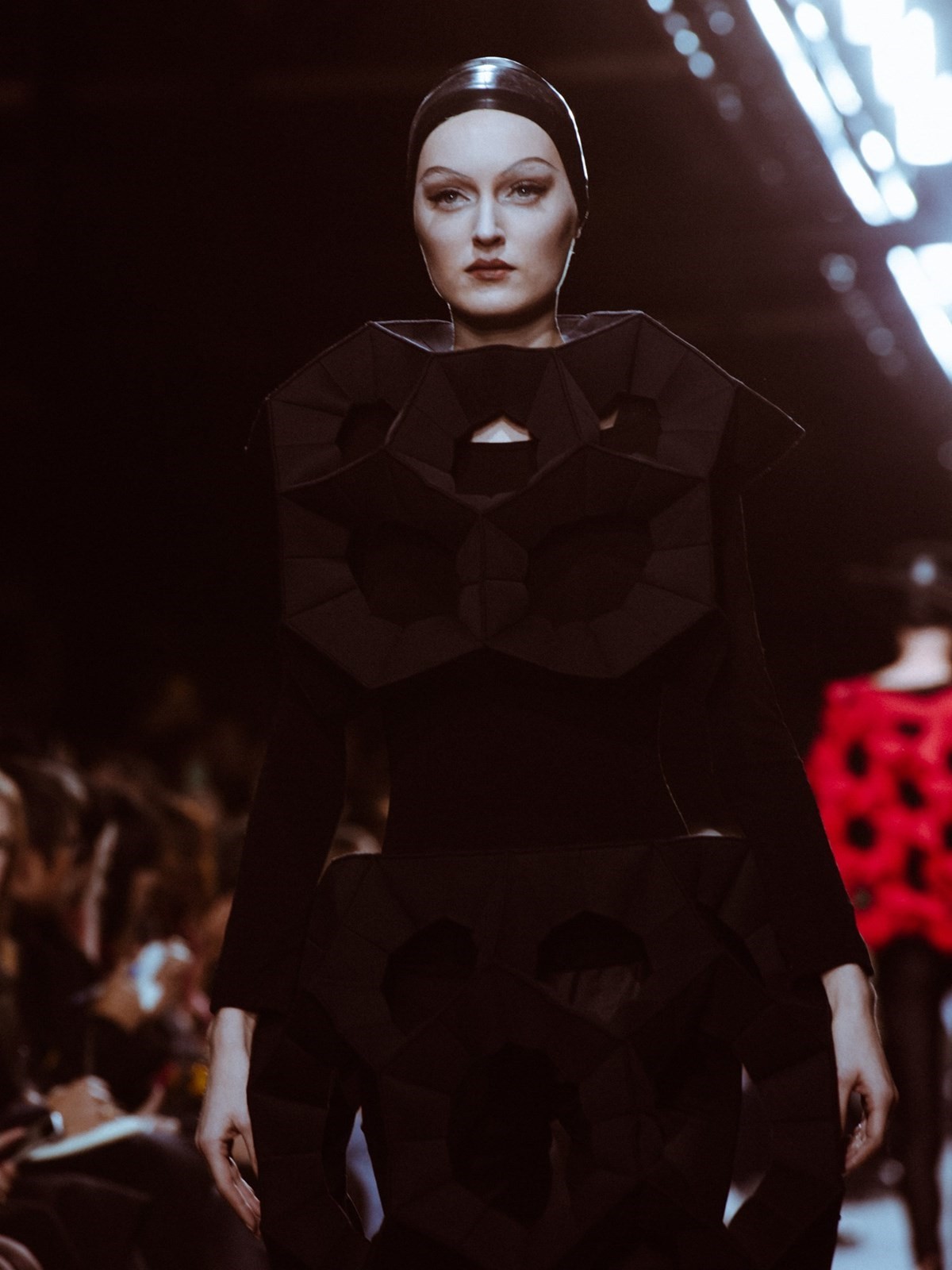
“I’ve been dreaming of working with Watanabe since I started doing makeup,” explained Ueda, who enacted Watanabe’s “creative idea of construction makeup.” Inspired by the architectural cosmetics of the forties, she erased brows and replaced them with single arched lines in a move that was simultaneously evocative of Marlene Dietrich and drag, while a sculptural use of highlighters was a throwback to the dramatic lighting of Richard Avedon’s monochrome photography. “The clothing this season was quite couture in its construction, so I think [Watanabe] wanted to have that idea of luxury in the makeup as well: that Rita Hayward, Joan Crawford look.” Paired with the “hyper construction dress” of the pieces themselves, Watanabe’s runway was a graceful unison of the super-modern and iconic vintage: a throwback to golden age glamour rendered in black geometry.
